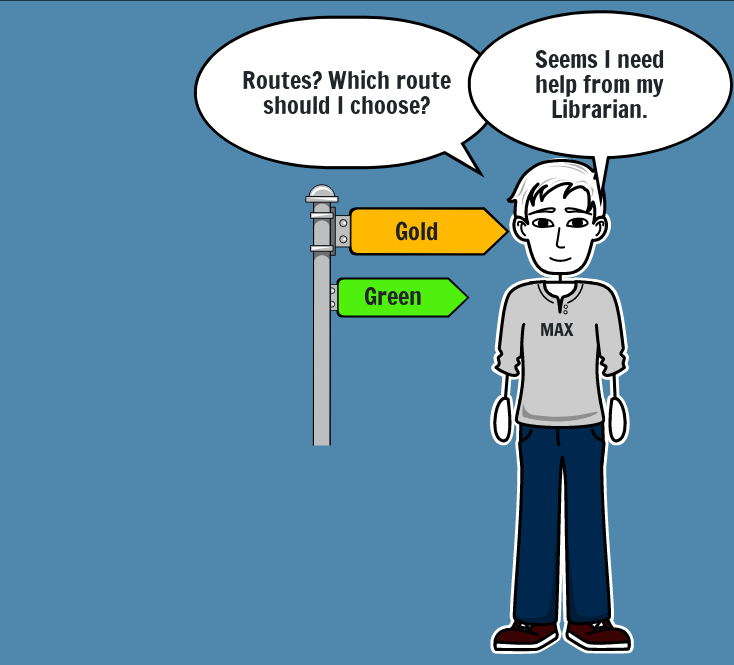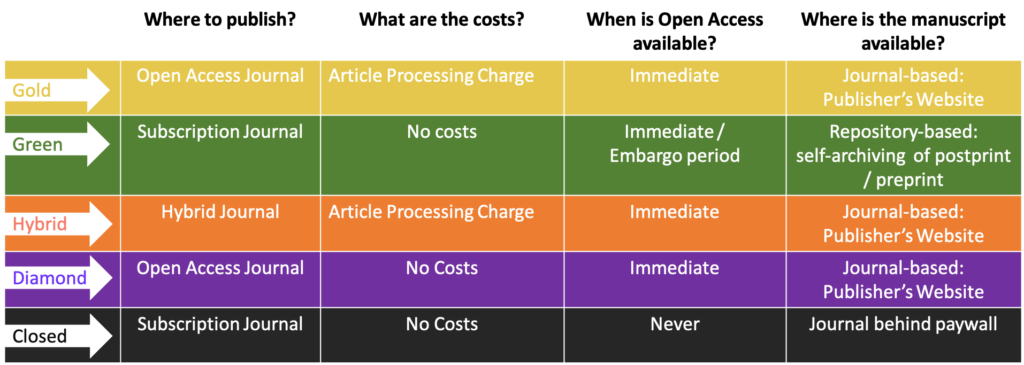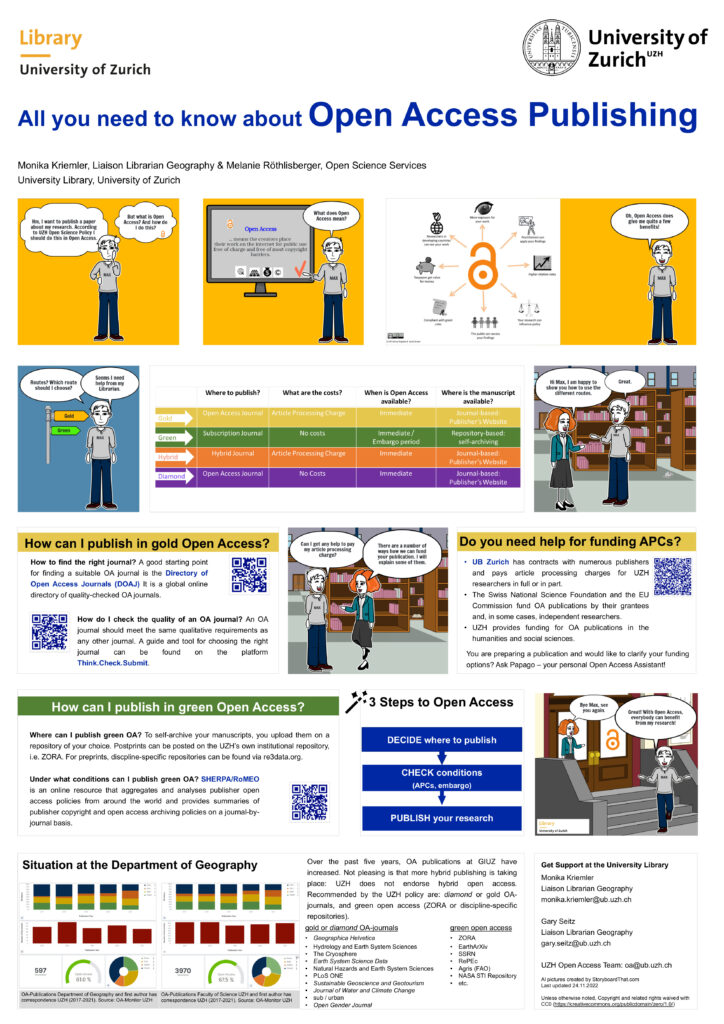
Open Access Publishing: All you need to know about it
You want to publish a paper and you know that you should do this in Open Access. But what does Open Access mean? And how can you do it? Your librarian provides you the answer!
Open Access is a broad international movement. Its aim is to provide free and open online access to scientific information such as publications and data. In practice, it means that anyone can read, download, copy, distribute, print, search for and search within the information, or use it in education or in any other way within the legal agreements.
The publishing model of Open Access contrasts with the traditional subscription model, in which readers have access to scientific information in return for paying a subscription (usually through libraries).
One of the most important advantages of Open Access is that it increases the visibility and reuse of academic research results. And Open Access Articles are cited more often than articles behind a paywall.
The principles of Open Access are set out in the Berlin Declaration on Open Access to Knowledge in the Sciences and Humanities (2003).


How can I publish Open Access?
There are different ways to publish Open Access. Which way one chooses depends on the requirements of the funders/institutions and the guidelines of the journal publisher.

Choosing gold, you publish directly in an Open Access journal. Your article is immediately available to everyone. UZH supports you with the accruing article fees (APCs) within the framework of the Read & Publish contracts of the UB Zurich
Choosing green, you first publish in a conventional closed-access journal. Then you make a secondary publication available to the public by depositing it in a repository or on your own website (self-archiving). For self-archiving you are usually allowed to deposit the accepted manuscript, only rarely the published publisher’s PDF. Sometimes the publisher with whom you publish first, may ask an embargo period of 6 to 24 months for the self-archived publication to be open access.
Choosing hybrid, you are purchasing for getting your publication open access in a subscription-based journal. Since this business model relies on double payment of fees (APC and subscription of journal), it is not recommended, by UZH Open Science Policy.
Choosing diamond implies no costs for either the reader or the author and the publication is available immediately in a diamond OA-Publication. The UZH provides publishers with the OA journal platform HOPE.
For closed publishing, only subscribers will have access to your publication, for the majority your work is behind a paywall and not accessible.
How does the typical work flow look like?

Based on: Shafee, Thomas (2020).
How can I publish in gold Open Access?
How to find the right journal? A good starting point for finding a suitable OA journal is the Directory of Open Access (DOAJ). It is a global online directory of quality-checked OA journals.
How to check the quality of an OA journal? An OA journal should meet the same qualitative requirements as any other journal. A guide and tool for choosing the right journal can be found on the platform Think.Check.Submit.
Where to get help for funding Article Processing Charges? UB Zurich has contracts with numerous publishers and pays APCs for UZH researchers in full or in part. The Swiss National Science Foundation and the EU Commission fund OA publications by their grantees and, in some cases, independent researchers. UZH provides funding for OA publications in the humanities and social sciences. Read more here.
How can I publish in green Open Access?
Where can I publish green Open Access? To self-archive your manuscript, you upload it on a repository of your choice. Postprints can be posted on the UZHs own institutional repository, e.g. ZORA. For preprints, discipline-specific repositories can be found via re3data.org.
Under what conditions can I publish green OA? Sherpa/Romeo is an online resource that aggregates and analyses publisher open access policies from around the world and provides summaries of publisher copyright and open access archiving policies on a journal-by-journal basis.
Links and further information
Lunch & Learn Open Science, University Library Zurich
The SNSF’ new Open Access regulations
Introductory course to Open Access
only in german, selfstudy, OLAT-login with SWITCH edu-ID


Monika Kriemler Fritsche, Liaison Librarian Geography, University Library
